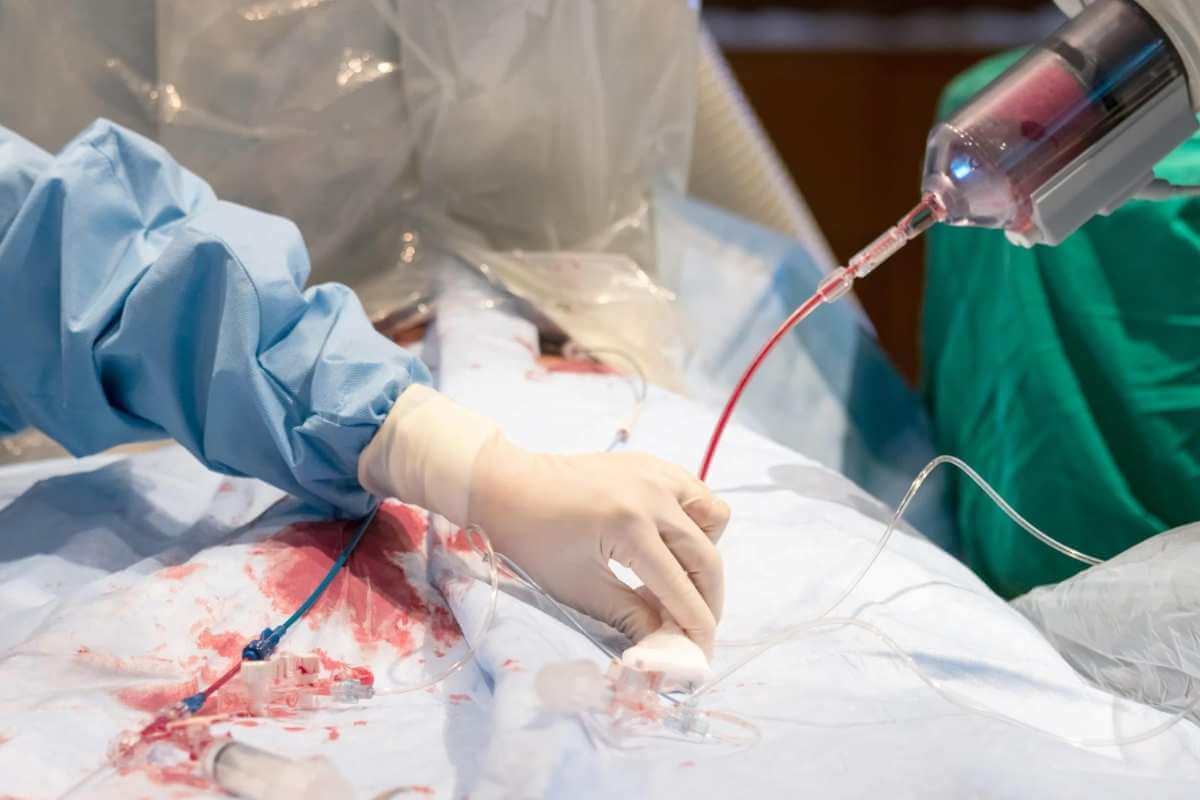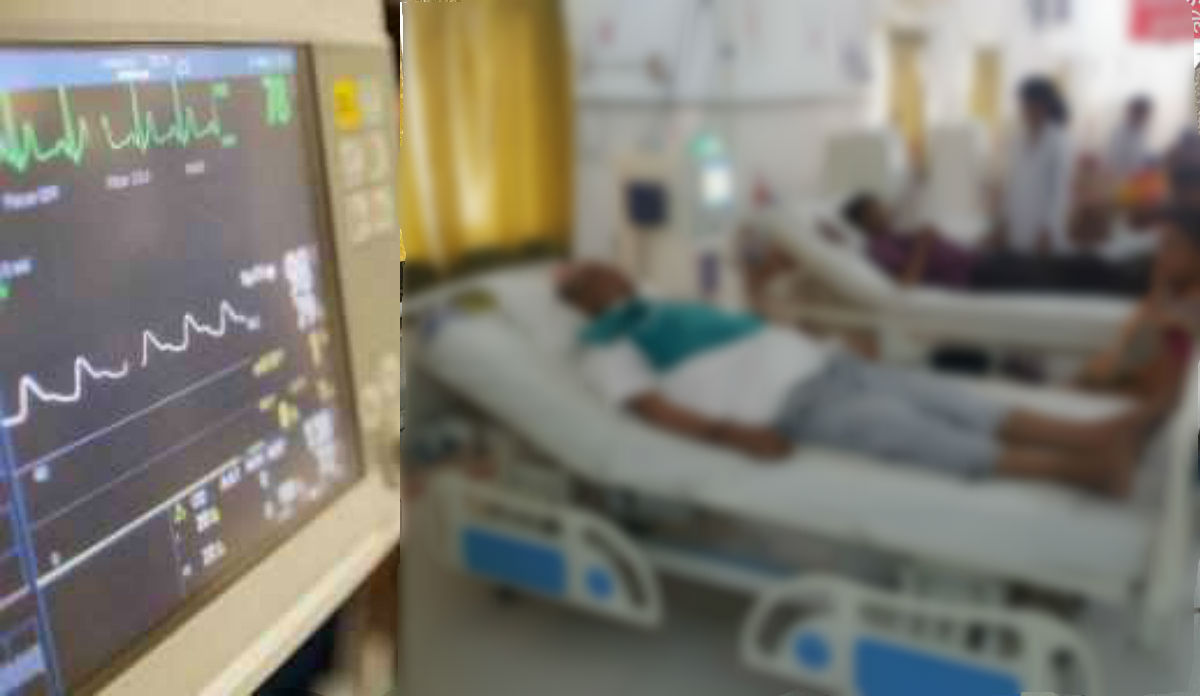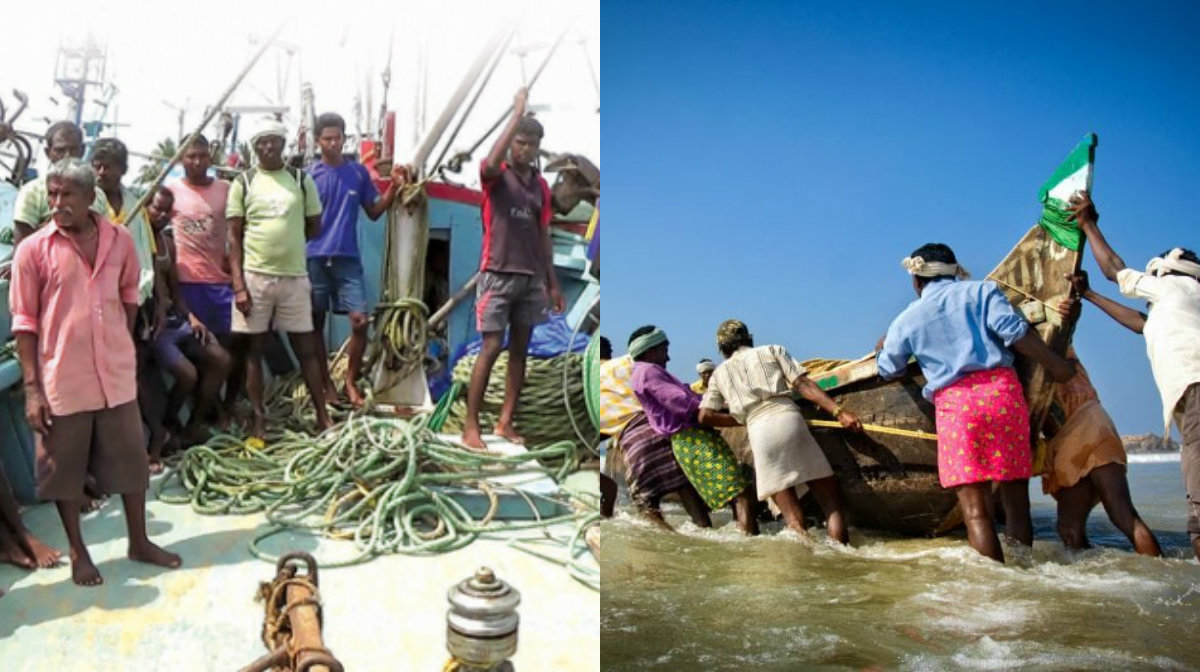A 25-year-old woman drowns one of her twin baby daughters in a tank at Vasai, Mumbai (Times of India, Jan 1st, 2021). A 35-year-old woman allegedly drowns her 6-month old son in a water tank (Times of India, May 21st, 2019). How often have we come across such articles in the daily newspaper? Also, let’s not forget that many times, such reports don’t even find a mention in the newspapers. These incidents could very well be the consequences of untreated Post-Partum Depression.
Post-Partum blues, which refers to periods of emotional lowness, anxiety, crying, etc., and lasts for around 2 to 3 weeks after childbirth, afflicts close to 350-700 per 1000 women, immediately after childbirth.
Post-Partum Depression on the other hand, which involves a mother showing symptoms of clinical depression after childbirth, can affect around 100-150 women per 1000 women, across the world. The Indian statistics suggest that 1 in every 5 new mothers is likely to experience PPD, as opposed to the global statistics of 3 to 6 percent of new mothers.
Symptoms of PPD usually set in within the first 4 weeks of childbirth, and demand clinical intervention. If left untreated, PPD symptoms can persist for at least 3 years since onset (maybe more or maybe less). Symptoms are usually similar to that found in Major Depression and can include difficulty sleeping, poor appetite, feelings of loneliness & hopelessness, suicidal thoughts, pervasive sadness, & lack of interest in everything, among others.
In clinical settings and in the Indian context, new mothers who may have PPD present with symptoms such as excessive irritability, crankiness, frequent spells of crying, difficulty bonding with the newborn, excessive overthinking, difficulties with the partner and other family members, most frequently.
One of the most severe consequences of PPD is the negative effect it has on the mother-child relationship and the child’s overall physical development. Children of mothers who have PPD, tend to have a greater amount of cognitive, behavioral, and interpersonal difficulties, as compared to children of mothers without depressive symptoms.
Physically, children of mothers with PPD tend to be at a greater risk for being underweight and have stunted physical growth. Mothers with depression, also have difficulty in breastfeeding and lack of breastfeeding has its own set of negative consequences.
Treatment for Post-Partum Depression
With so much riding on maternal mental health, PPD symptoms cannot be left untreated. And therefore, there are some basic steps that we can take to provide support to new mothers, who may be showing symptoms of PPD.
- PPD screening should be a part of the post-delivery clinical assessment at all nursing homes and hospitals.
- If there are symptoms of PPD, new mothers should be put in touch with a mental health professional, for regular counseling sessions.
- Therapy support can be provided in terms of support groups, individual counseling sessions, family or relationship counseling too. Anti-depressants can be made a part of the treatment process, under the guidance of a licensed psychiatrist.
Treatment and recovery time varies, depending on the severity of the symptoms and individual needs. Therefore, this needs to be taken into account when making a treatment plan for assisting new mothers with symptoms of depression.
Photo by Andrea Piacquadio from Pexels






























